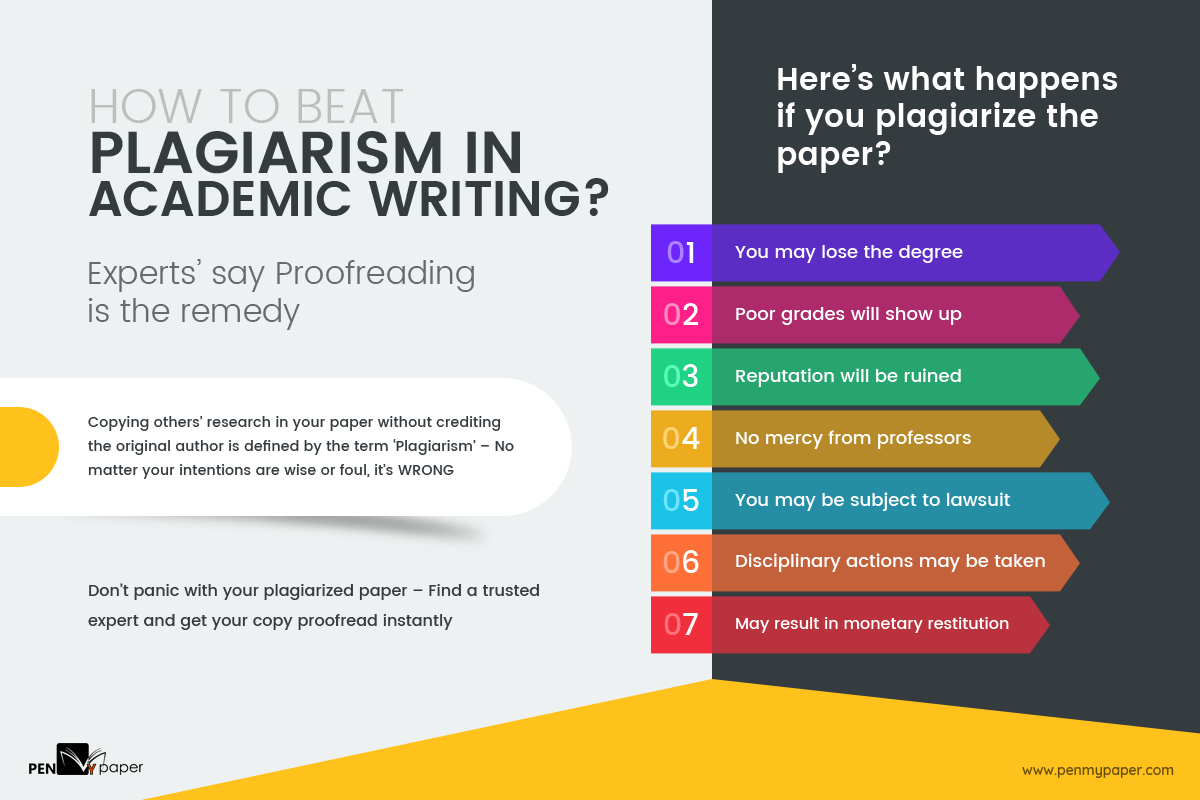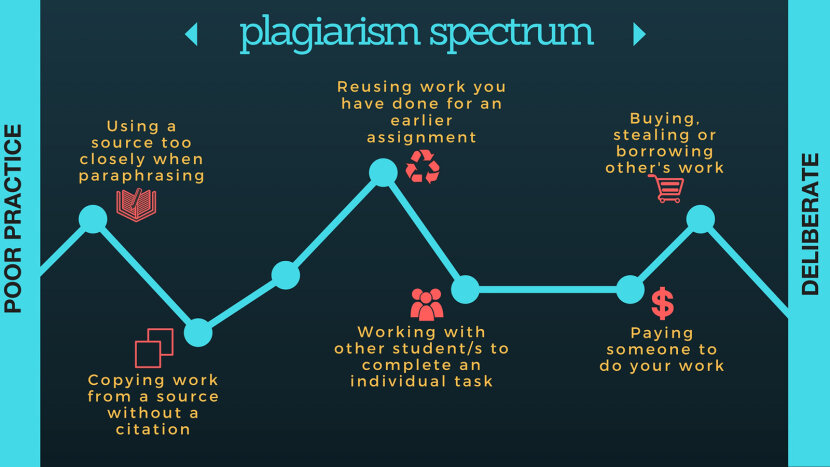Nothing is new under the sun!
Plagiarism is an ethical violation resulting from failure to cite sources and engaging in the act of passing someone else's work or ideas off as one's own; this applies even if you have only copied a part rather than the whole, of another's work. For starters, take a look at the video below so you can see what not to do!
Give credit where credit is due! One of the most profound statements ever can keep you out of major academic integrity trouble! Follow this chart below and start by proofreading your material to avoid any unwanted mishaps!

What is plagiarism exactly?
Whether we are teaching students to avoid plagiarism or being careful ourselves, we need to adhere to a few basic rules found in the video below. As you listen, identify three that you can apply to your academic tool bag to help you avoid plagiarism and or teach others to do so. Plagiarism, should push us all to write with integrity and produce meaningful work future generations.
What side of the spectrum do you fall?

Often our students may fall directly in the middle because they simply don't know any better. Plagiarism is a simple concept to teach as long as a few parameters are covered. Did you cite your source? Is this my original work, written with my thoughts? Did I proofread? Lastly, take a look at this former teacher's explanation and helpful insight to avoid plagiarism!
Thank you for exploring the digital citizenship page on Plagiarism! We hope the information was useful and will be put to good use!
References:
Donovan, John. "The Ethics and Crime of Plagiarism". http://www.people.howstuffworks.com. 2019 April 12.
https://penmypaper.com/blog/beat-plagiarism-with-proofreading/
https://www.artandwriting.org/what-we-do/the-awards/copyright-and-plagiarism/